The Role of Medicinal Plants in Treating Malaria: Successes and Limitations
Bwanbale Geoffrey David
Faculty of Pharmacy Kampala International University Uganda
ABSTRACT
Malaria continues to be a global health burden, particularly in sub-Saharan Africa and parts of Asia and South America, where access to conventional antimalarial drugs is limited. The rise of drug-resistant strains of Plasmodium falciparum has intensified the search for alternative treatments, including those derived from traditional medicinal plants. This paper explores the historical use, pharmacological potential, clinical efficacy, and safety of plant-based antimalarials. It highlights the contributions of key medicinal species such as Artemisia annua, Azadirachta indica, and Cryptolepis sanguinolenta, which have shown promising antiplasmodial activity. However, limitations such as a lack of standardization, inconsistent clinical trial outcomes, toxicity risks, and regulatory challenges hinder the integration of herbal remedies into mainstream malaria treatment. The paper emphasizes the need for more rigorous scientific validation, ethnobotanical conservation, and improved public health policies to balance traditional knowledge with modern drug development frameworks.
Keywords: Malaria, Medicinal plants, Plasmodium falciparum, Antimalarial resistance, Phytotherapy, Herbal medicine, Traditional medicine.
CITE AS: Bwanbale Geoffrey David (2025). The Role of Medicinal Plants in Treating Malaria: Successes and Limitations. IAA Journal of Biological Sciences 13(1):116-123. https://doi.org/10.59298/IAAJB/2025/131116123
